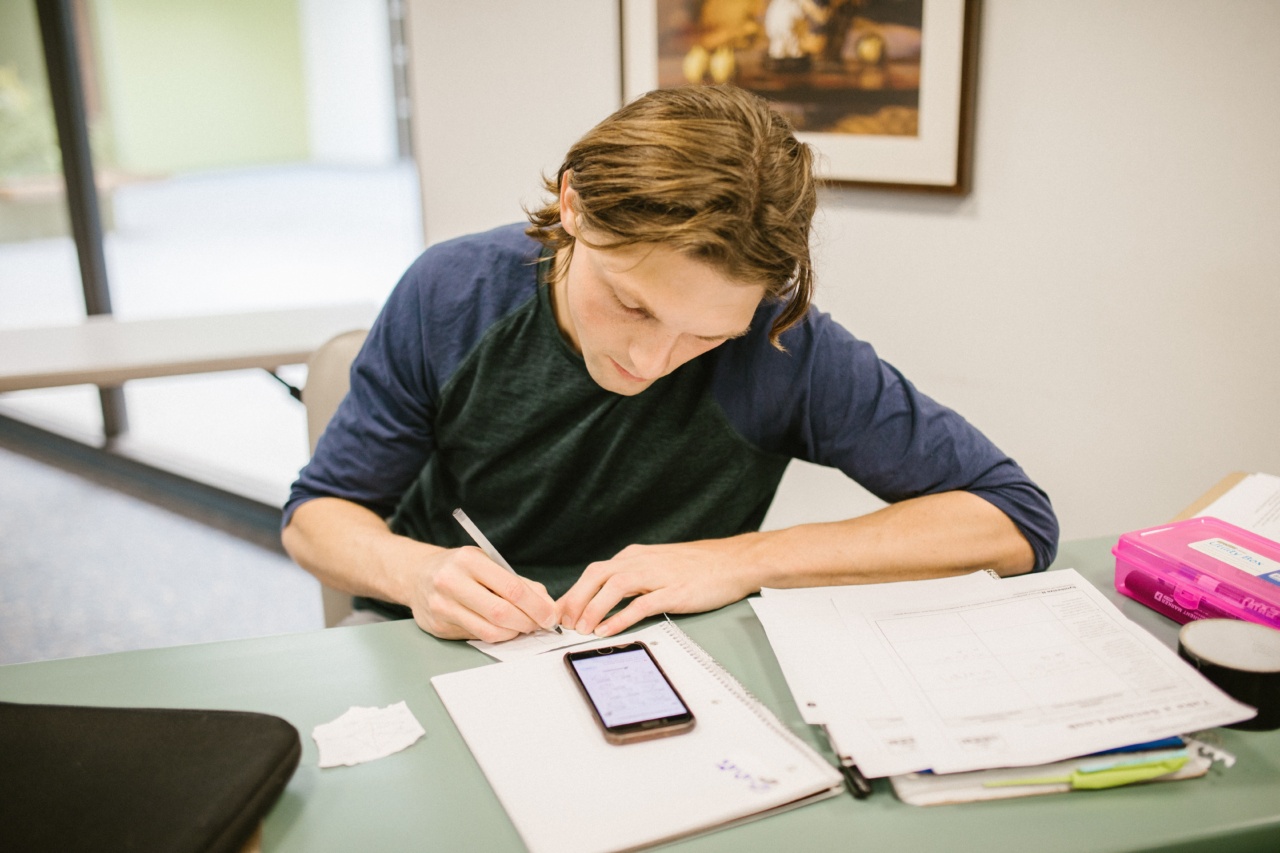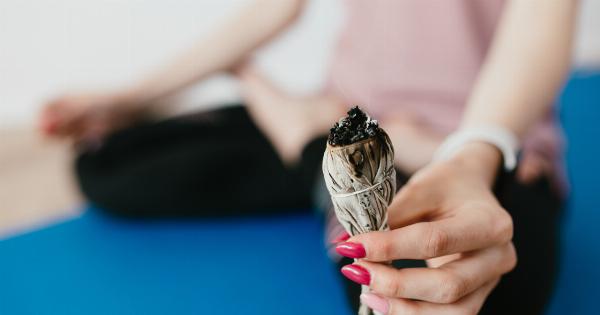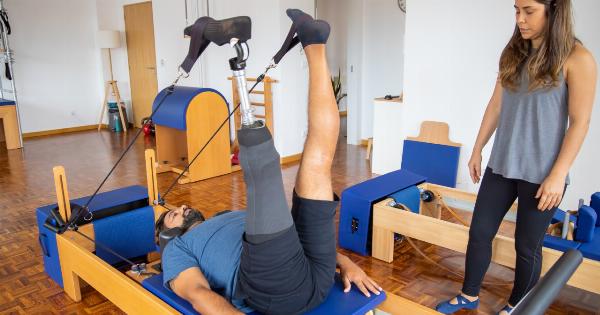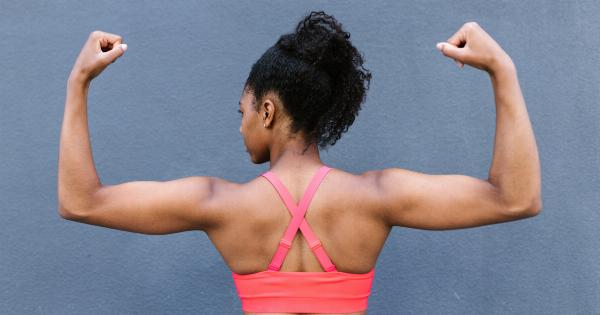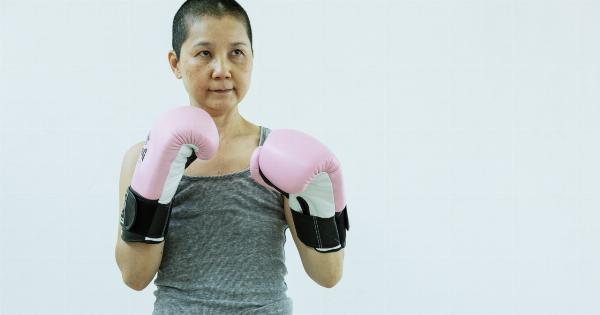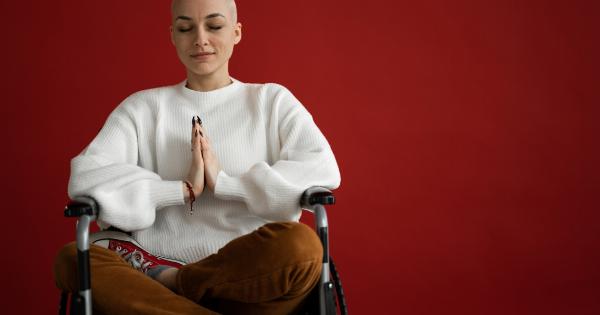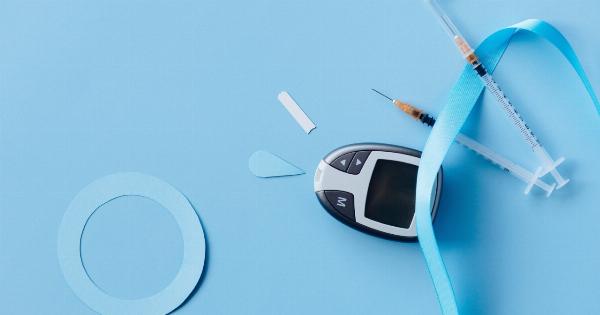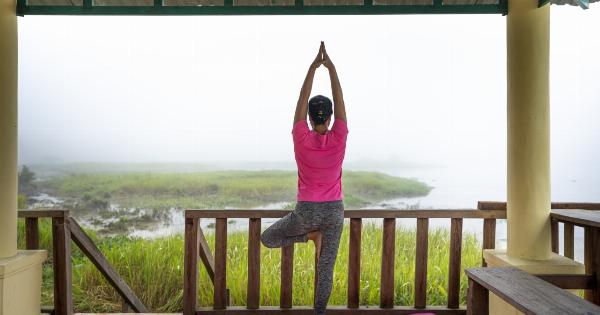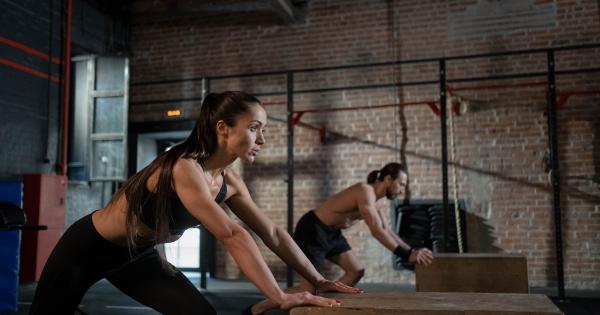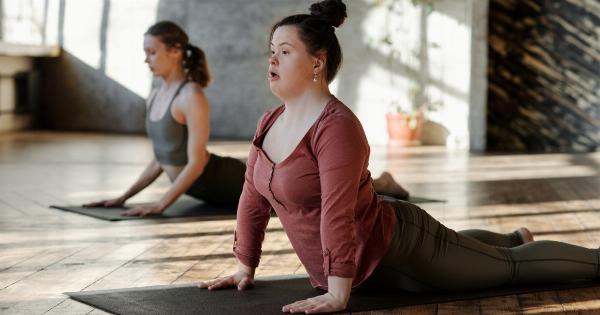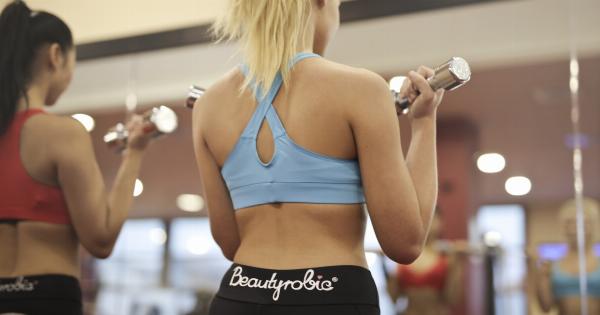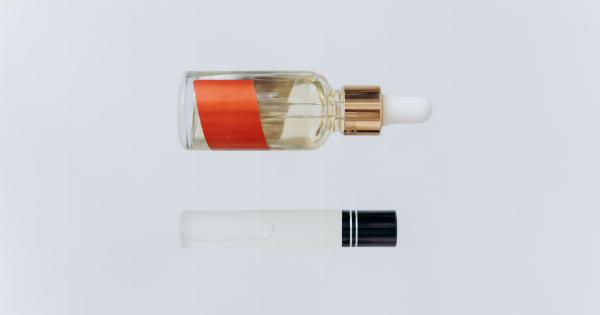Flexibility is a crucial aspect of overall wellness. It helps us in keeping our muscles limber, improves posture, reduces muscle aches and stiffness, and can even lower the risk of injury.
Flexibility is not just about touching your toes or doing a split; it’s about the range of motion of your joints and the length of your muscles.
It’s essential to challenge your body’s ability to move in all directions, and one of the best ways to test your flexibility is to perform various flexibility tests. So, here are a few ways you can test your flexibility:.
1. Sit-and-Reach Test
The sit-and-reach test measures the flexibility of your hamstrings and lower back. Here’s how you can do it:.
- Sit on the floor with your legs straight ahead.
- Place a ruler or yardstick in front of you on the floor.
- Position your feet flat against the ruler or yardstick.
- With your hands on top of each other, slowly reach forward as far as possible, holding the stretch for two seconds.
- Record the distance you reach.
2. Shoulder Flexibility Test
The shoulder flexibility test measures your shoulder’s range of motion. Try this test:.
- Stand up straight.
- Bend your right arm at the elbow, and bring your forearm behind your head.
- Reach down with your left hand and try to touch your right hand, placing your fingertips behind your back.
- Repeat with the left arm crossing behind your head.
- Bring your hands together behind your back in the center, trying to touch fingertips.
3. Hip Flexor Test
The hip flexor test measures the flexibility of your hip flexors. Perform the following steps:.
- Kneel on the floor, bring your right foot forward, and place it flat on the ground with your knee bent at a 90-degree angle.
- Your left knee should be touching the ground, and your toes should be pointing directly behind you.
- Place your hands on your right leg and press your pelvis forward slightly, feeling the stretch in your left hip flexor.
- Repeat with the other leg.
4. Trunk Rotation Test
The trunk rotation test measures the flexibility of your back and shoulders. Here’s how you can do it:.
- Sit on the floor with your legs straight out in front of you.
- Keep your knees together, rotate your shoulders to the right, and reach your right arm behind you as far as possible.
- Hold for a few seconds before returning to the starting position and repeating on the other side.
5. Neck Flexibility Test
The neck flexibility test measures the range of motion of your neck and helps to identify any limitations. Follow these steps:.
- Sit up straight on a chair.
- Turn your head to the right so that it is parallel to your right shoulder, then turn your head back to the center.
- Turn your head to the left so that it is parallel to your left shoulder, then turn your head back to the center.
- Tilt your chin towards your chest, then lift it back up and look straight ahead.
- Tilt your head back so that you are looking up at the ceiling, then bring your head back to the center.
6. Ankle Flexibility Test
The ankle flexibility test measures the range of motion of your ankle joint. Try this test:.
- Sit on a chair or bench.
- Foot on the ground and lifting the other foot so that the ankle is directly over the knee.
- Push the ball of the foot of the lifted leg down towards your knee, feeling the stretch in your ankle.
- Repeat with the other ankle.
7. Wrist Flexibility Test
The wrist flexibility test measures the flexibility of your wrists, which is crucial for activities like weightlifting and yoga. Follow these steps:.
- Extend your right arm in front of you, with the palm facing down.
- With your left hand, push gently down on the back of your right hand until you feel a stretch in your wrist.
- Repeat with the other hand.
8. Quadriceps Flexibility Test
The quadriceps flexibility test measures your quadriceps’ range of motion. Here’s how you can do it:.
- Lie down on your stomach with your legs straight out behind you.
- Bend your right leg at the knee and bring your foot towards your buttocks.
- With your right hand, grab hold of your ankle, pulling it as close as possible to your buttocks.
- Hold for 30 seconds, then repeat with the left leg.
9. Spinal Extension Flexibility Test
The spinal extension flexibility test measures the flexibility of your entire spine. Here’s how you can do it:.
- Lie down on your stomach with your hands at your sides.
- Lift your head and chest off the ground as high as possible, keeping your hips on the ground.
- Hold for a few seconds, then lower yourself back down to the starting position.
10. Calf Flexibility Test
The calf flexibility test measures the flexibility of your calf muscles. Here’s how you can do it:.
- Stand facing a wall with your arms outstretched and your hands flat against the wall.
- Place your right foot a step back from your left foot.
- Keep your right heel on the ground and bend your left knee, leaning forward into the wall.
- You should feel a stretch in your right calf.
- Hold the position for 30 seconds, then repeat with the other leg.
The Results
Now that you’ve completed the tests, let’s evaluate your flexibility. Use the chart below to see where your results fall on the flexibility scale:.
| Test | Poor | Fair | Good | Excellent |
|---|---|---|---|---|
| Sit-and-Reach | < 14 cm | 14-21 cm | 21-30 cm | > 30 cm |
| Shoulder Flexibility | Can’t reach fingertips | Can reach fingertips but not touch | Can touch fingertips behind the back | Can place hands flat on the back |
| Hip Flexor | Can’t bring hips forward | Hips move forward slightly | Hips move forward with a stretch | Thigh touches surface |
| Trunk Rotation | No rotation | Can rotate slightly but with difficulty | Can rotate with some distance | Can rotate with great distance |
| Neck Flexibility | Can’t move neck past halfway point | Can move the neck past the halfway point, but not touch chin | Can touch the chin to the chest and look up to the ceiling | Can touch the chin to the chest and the back of the head to the spine |
| Ankle Flexibility | Can’t hold the stretch | Can hold it, but with discomfort or pain | Can hold the stretch with no discomfort | Can hold the stretch with added resistance |
| Wrist Flexibility | No Extension or Flexion | Minor Extension or Flexion | Extension or Flexion | Full Extension or Flexion |
| Quadriceps Flexibility | Can’t touch heel to buttocks | Can touch heel to buttocks but with pain | Can touch rapidly, no pain | Can touch without using hands |
| Spinal Extension Flexibility | No visible movement | Can lift chest off the ground | Can lift some rib cage off the ground | Lifts chest to thorax with high arch |
| Calf Flexibility | Can’t keep heel on ground | Heel is on the ground, mild stretch | Heel is on the ground, comfortable stretch | Heel is on the ground, strong comfortable stretch |
If you scored ‘poor’ or ‘fair’ in most of the tests, it’s time to start working on your flexibility. Incorporating stretching exercises into your daily routine will help increase your flexibility and mobility.
Take a look below for some flexibility boosting exercises.
Exercises to Improve Flexibility
Here are a few exercises that can help improve your flexibility:.
1. Seated Forward Fold
Sit on the floor with your legs straight out in front of you. Gently fold forward, reaching for your toes. Hold for 30 seconds, taking deep breaths.
2. Cat-Cow Stretch
Start on your hands and knees, with your hands shoulder-width apart. Arch your back and drop your head, then slowly round your spine and bring your chin to your chest. Repeat for 30 seconds.
3. Butterfly Stretch
Sit on the floor with your legs bent at the knees, and the soles of your feet touching each other. Gently press your knees towards the floor, feeling the stretch in your hips. Hold for 30 seconds.
4. Cobra Pose
Lie on your stomach, with your hands placed under your shoulders. Press your hands into the ground, lifting your head, shoulders, and chest off the ground. Hold for 30 seconds.
5. Pigeon Pose
Start on all fours and slide your right knee behind your right wrist with your right foot angled toward your left wrist. Extend your left leg straight behind you, keeping your hips squared.
Lower your forehead to the floor, or if it feels comfortable, rest your forearms on the floor. Hold for 30 seconds before switching sides.
6. Lunge with a Twist
Step your right foot forward, lowering your left knee to the ground. Keep your spine long and twist your torso to the right, placing your right hand on your right knee and left hand resting on your left hip. Hold for 30 seconds and switch sides.
7. Standing Hamstring Stretch
Stand up straight and place your right heel on a stool or step. Flex your foot and reach for your toes, keeping your spine straight. Hold for 30 seconds and switch sides.
Conclusion
Being flexible means more than just being able to touch your toes. It’s about having the range of motion to move your body in all directions, reducing muscle aches and stiffness, and lowering the risk of injury.
Use the tests and exercises mentioned above to check your flexibility and improve your mobility and overall well-being.
